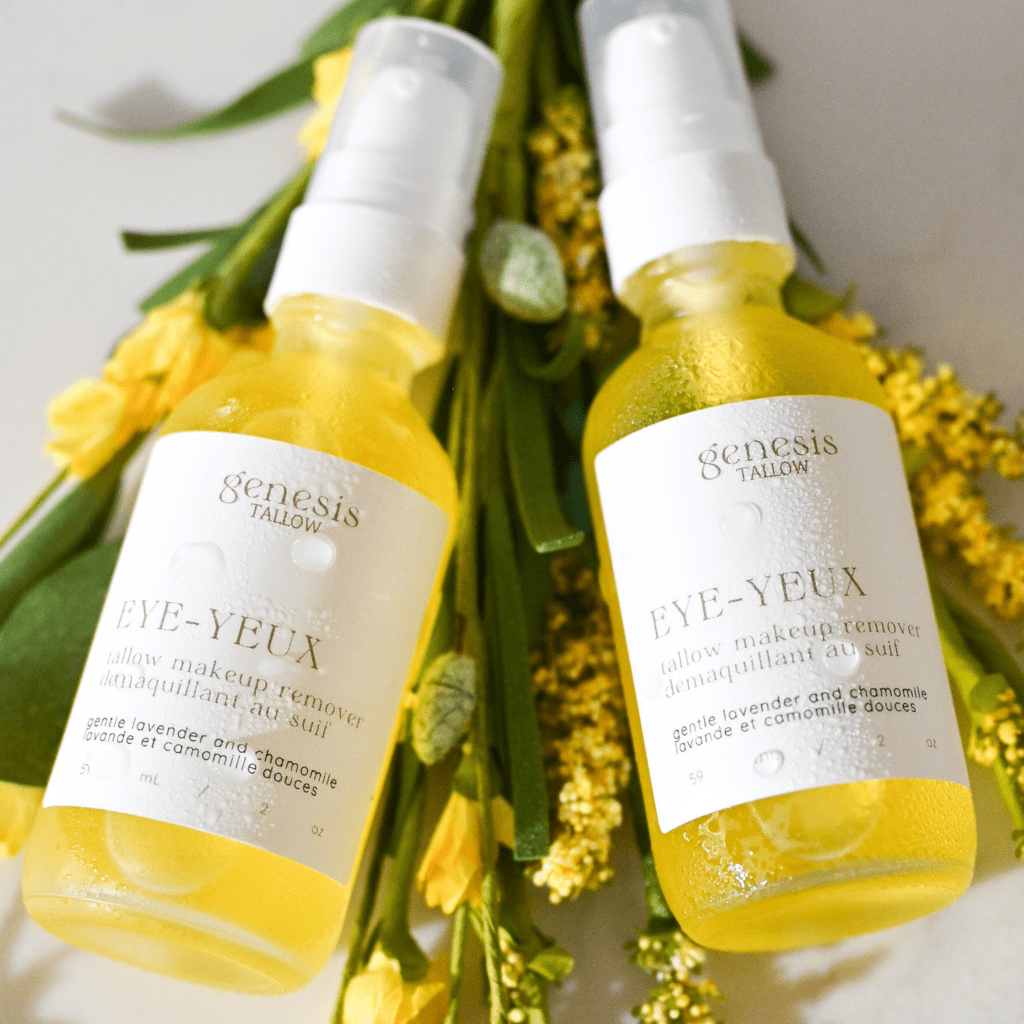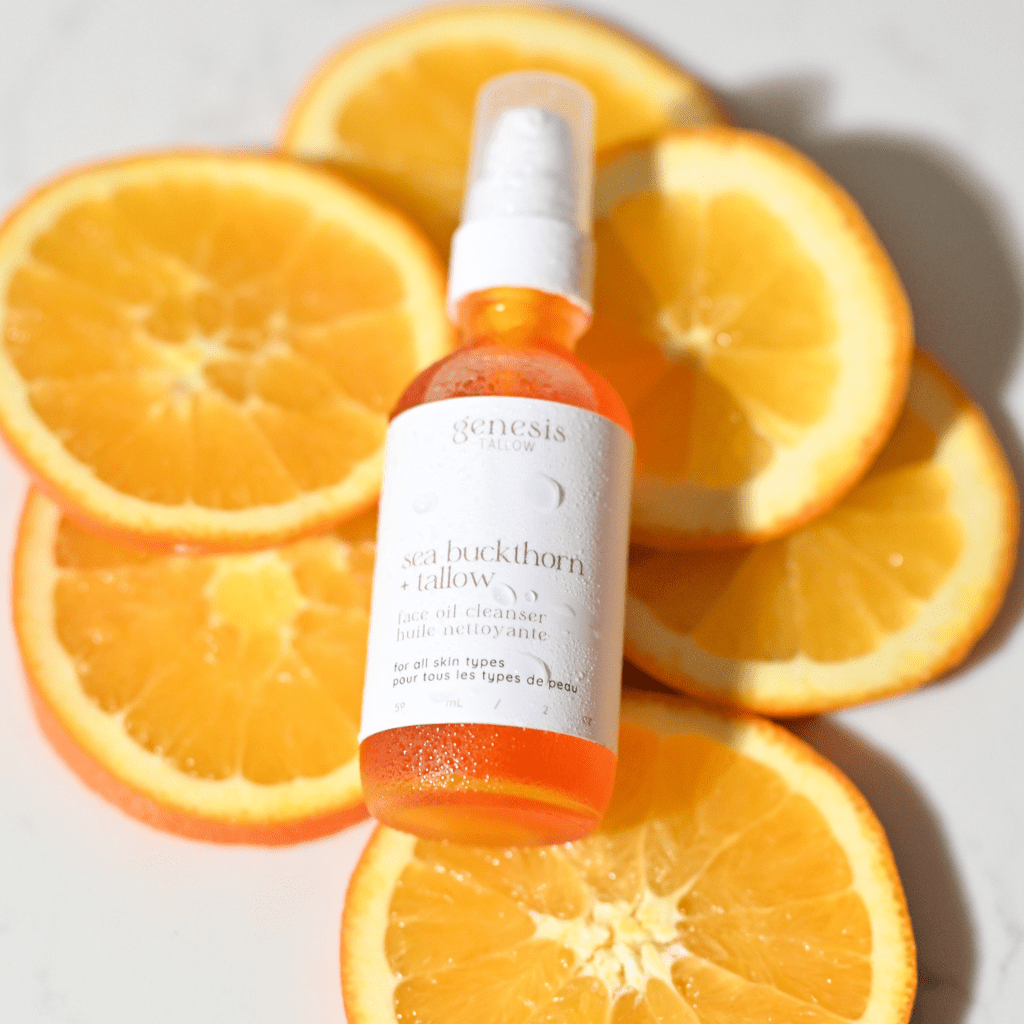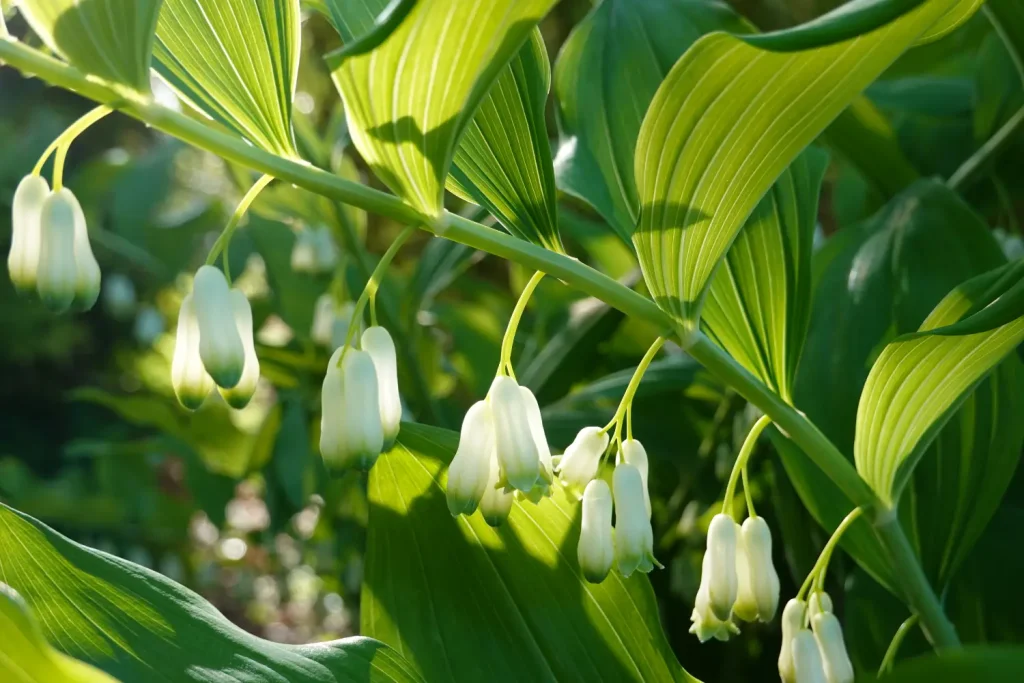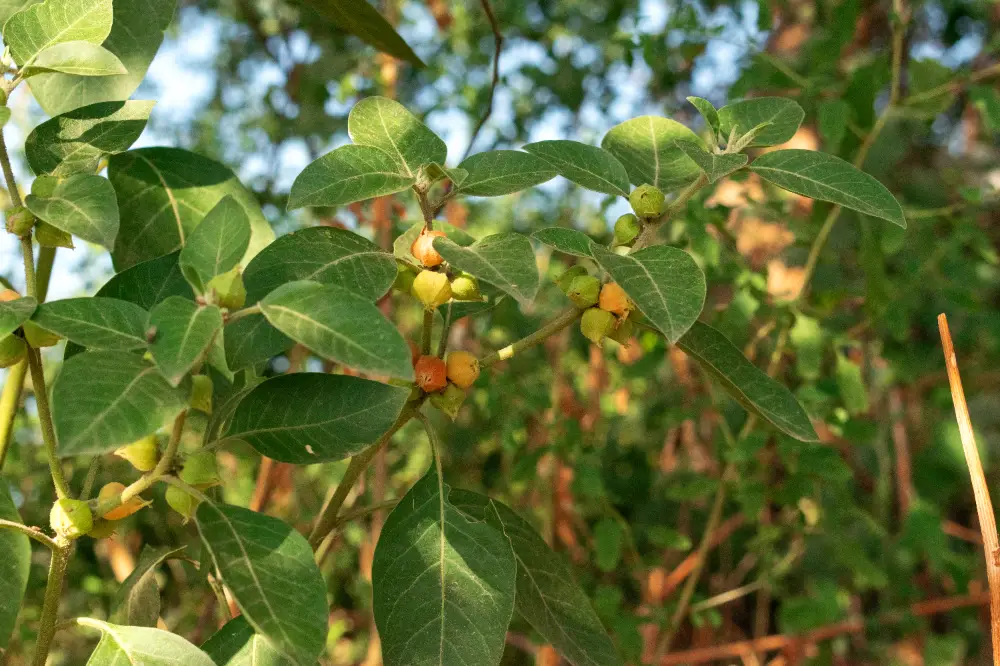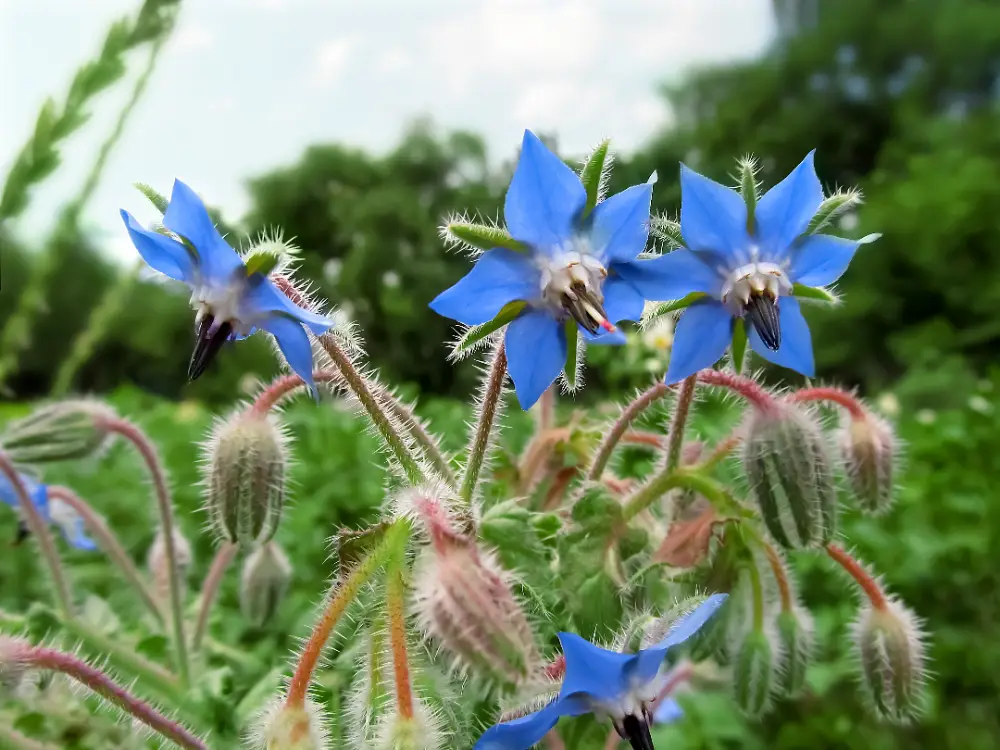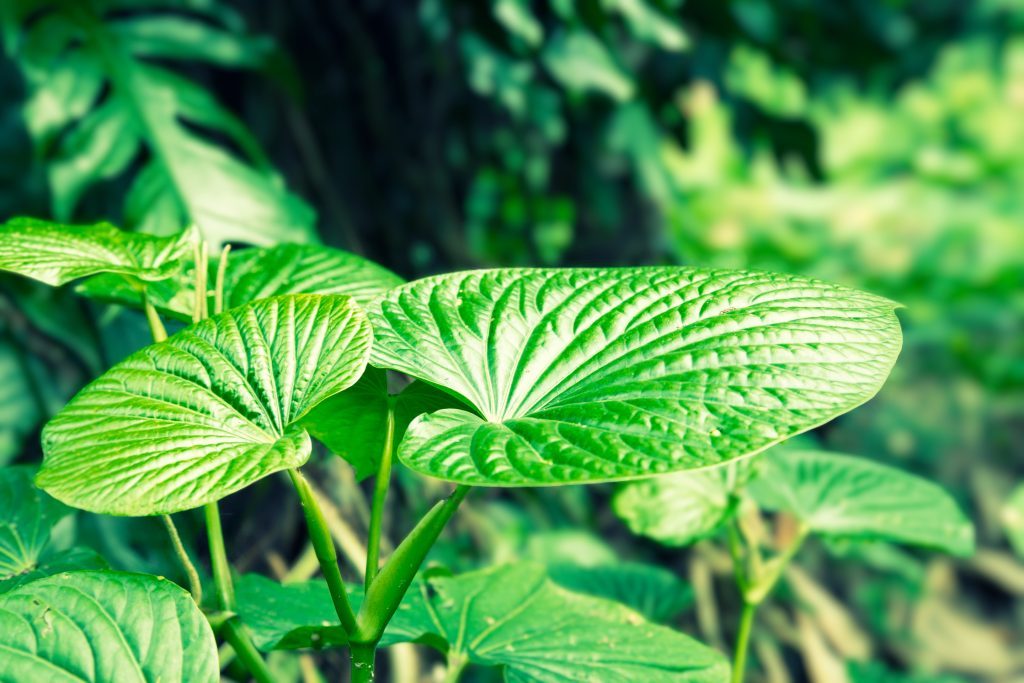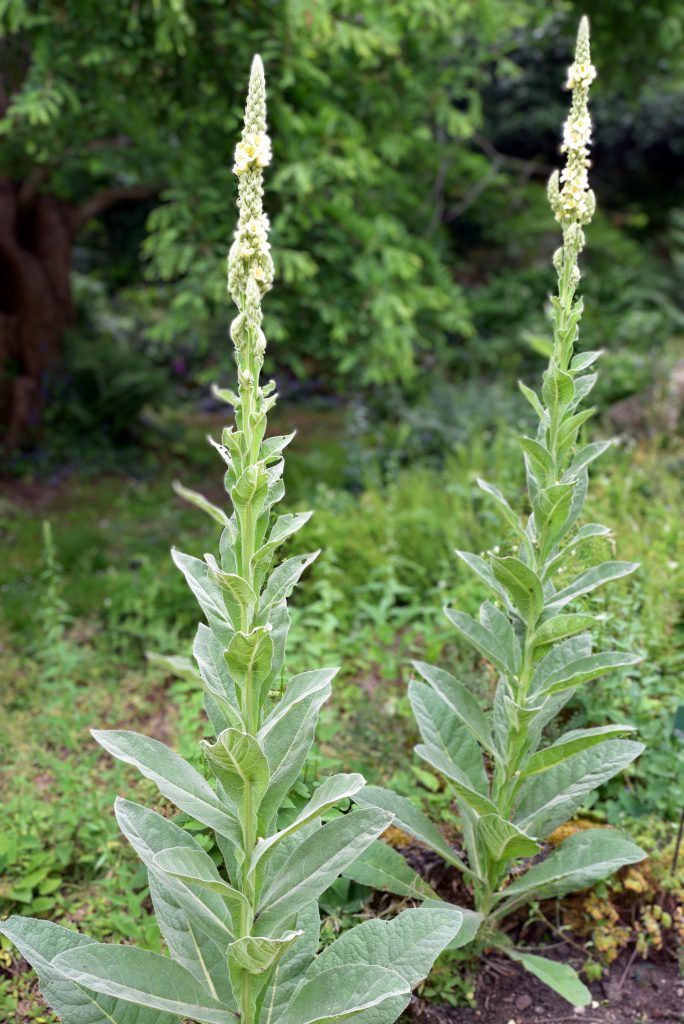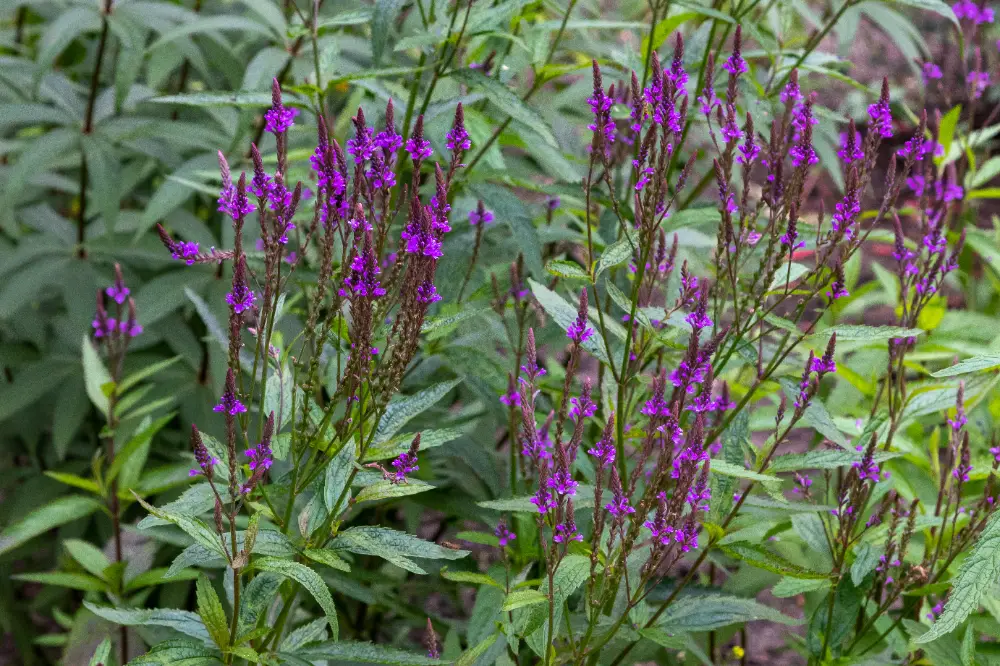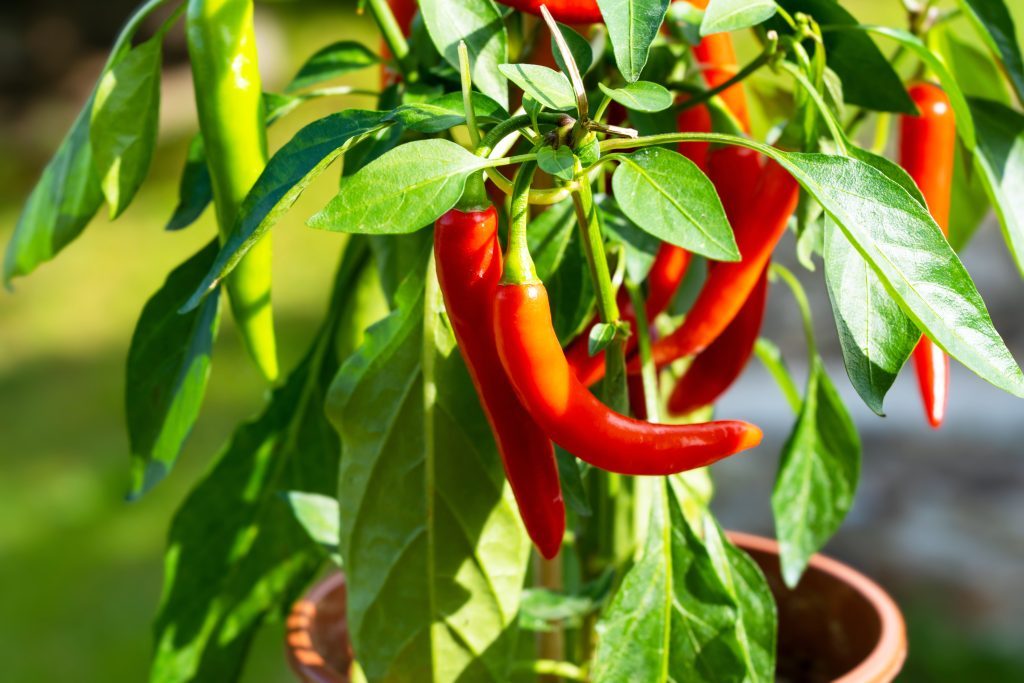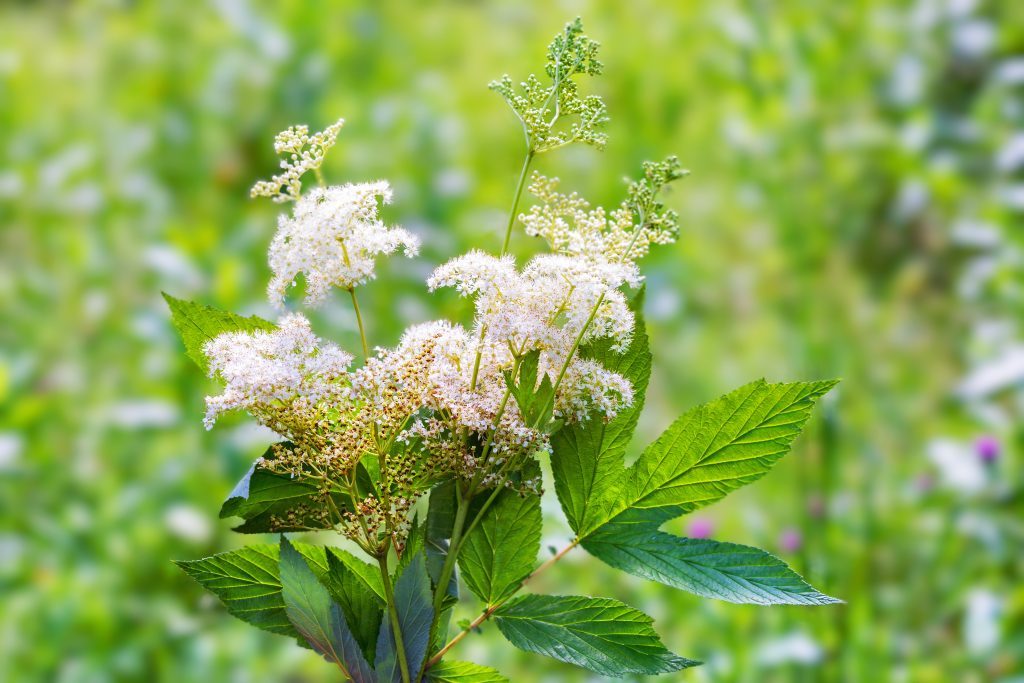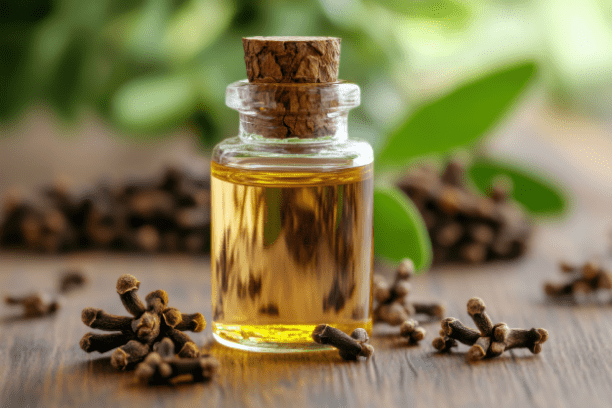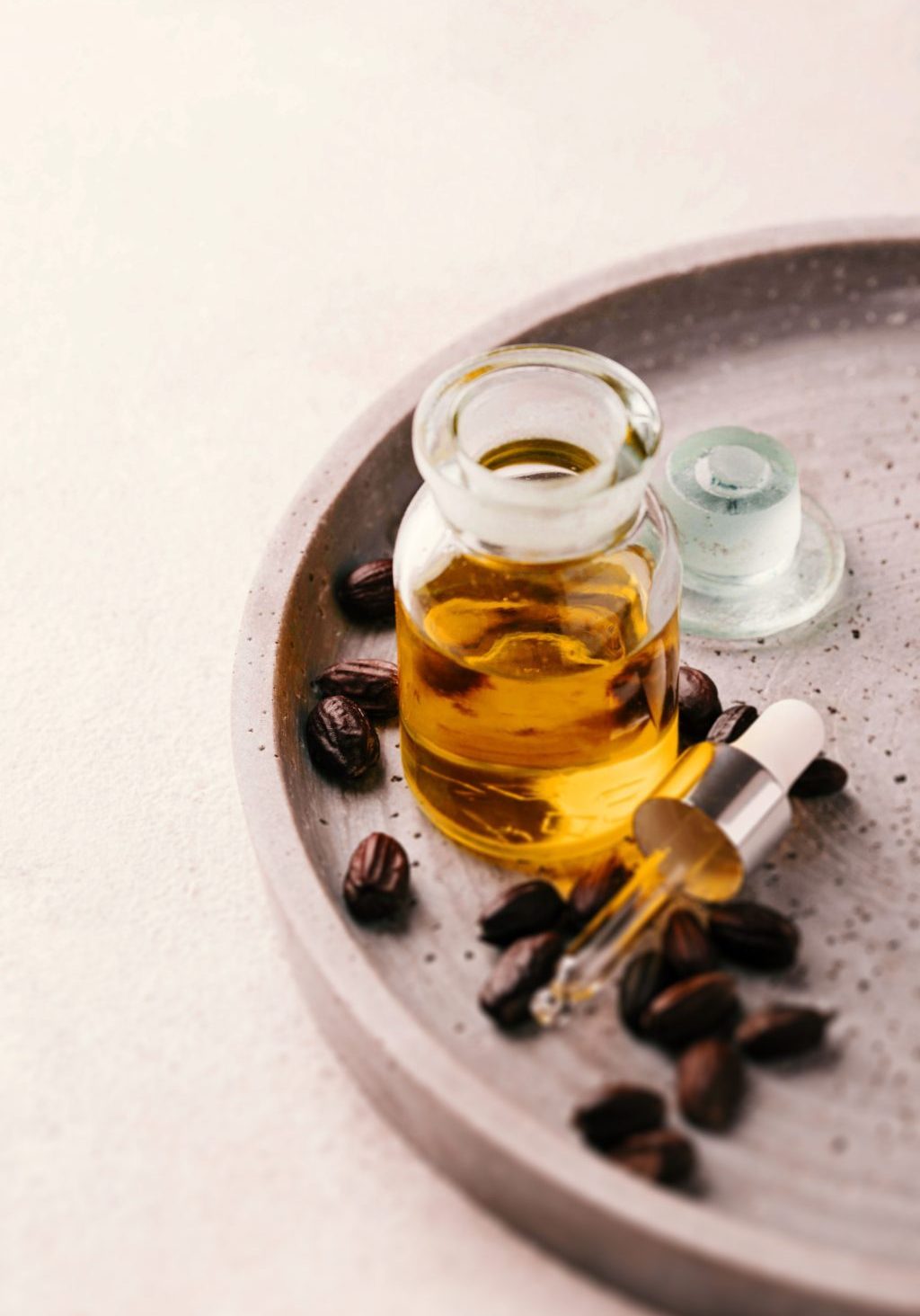
Jojoba Seed Oil
Simmondsia chinensis
Simmondsiaceae (Sih-MOND-see-ay-see-ee)
The Shape-Shifting Moisturizer of the Desert
Other names:
Jojoba (pronounced ho-HO-ba), Goat Nut, Quinine Nut, Wild Hazelnut, Deer Nut (all names referencing its traditional use as food for animals or its nut-like appearance)
Superpower
Shape-shifting Moisturizer — Jojoba oil mimics human sebum, making it one of the most versatile and universally accepted skin moisturizers available. It adapts to your skin’s unique needs, whether it’s dryness, irritation, or imbalance.
Cautions
External Use Only: Jojoba oil is not for internal consumption.
Allergic Reactions: Although rare, patch-test before extensive use to check for sensitivity.
Animal Use: Jojoba can be toxic if ingested by animals. Avoid leaving it accessible to pets.
Known Chemical Constituents
Jojoba oil is unique in that it is technically a wax ester rather than a true oil. Its composition is remarkably similar to human sebum, making it deeply compatible with skin health.
- Fatty acids: Eicosenoic acid (gondoic acid), erucic acid, and oleic acid
- Fatty alcohols: Docosanol, tetracosanol
- Sterols: Campesterol, stigmasterol, and sitosterol
- Tocopherols (Vitamin E): Antioxidants that support skin health and prolong the shelf life of the oil
Botanical Description
Habitat: Jojoba is native to the arid and desert regions of the southwestern United States and northern Mexico. It thrives in dry, sandy soils and is highly drought-tolerant.
Leaves: The leaves are thick, leathery, and oval-shaped, with a silvery-green hue that helps reflect intense sunlight. They are arranged opposite one another on the branches.
Stems: Woody, multi-branched, and able to grow up to 6.5 feet (2 meters) tall, giving it the appearance of a small, shrubby tree.
Flowers: The flowers are small, pale yellow-green, and unassuming. They grow at the leaf axils and are dioecious, meaning male and female flowers grow on separate plants.
Roots: Jojoba has a deep taproot system, allowing it to access water deep below the surface and endure prolonged dry periods.
Fun Facts
Jojoba oil gained widespread popularity in the 1970s as a sustainable alternative to sperm whale oil, which was banned due to conservation efforts. Its composition is so similar to sperm whale oil that it became the go-to replacement in cosmetics and skincare.
Parts Used
Seed Oil
Preparations
Oil Infusion: The cold-pressed extraction of Jojoba seeds yields a golden, silky oil-like wax.
Salves and Balms: Combined with beeswax or herbal infusions to create protective skin salves.
Massage Oil: Used alone or as a carrier oil to dilute essential oils for massage.
Hair Treatments: Used as a pre-wash treatment for dry or damaged hair.
Sacred Rituals
Anointing Ritual — Jojoba seed oil can be used as an anointing oil for grounding and protection. Before meditation, rub a few drops into the soles of the feet, the palms, or over the heart. Inhale deeply to invite in a sense of calm and stability. For self-love practices, massage Jojoba oil over the body after bathing, sealing in moisture while affirming, “I am safe, I am whole, I am connected to the Earth
Affirmations
“I am grounded, safe, and nourished by the gifts of the Earth. I trust in my body’s innate wisdom to heal and protect me.”
Spiritual Associations
Grounding and Stability: Due to its link with the Root Chakra, Jojoba oil strengthens feelings of safety and belonging.
Protection: Used to shield the energetic body from external disturbances.
Earth Element: Embodying the energy of the desert, Jojoba carries a sense of resilience, patience, and adaptability.
Functions
A substance or agent that reduces inflammation in the body, soothing irritation, swelling, or redness in tissues.
Antioxidant
A substance or agent that neutralizes free radicals, preventing oxidative damage to cells and tissues.
BalancingCleansingDemulcentA substance or agent that soothes and protects irritated or inflamed tissues by forming a protective film over mucous membranes.
MoisturizingNourishingProtectiveSkin, Hair & Nail HealthRefer to a variety of disorders or irritations affecting the skin, including rashes, dryness, inflammation, infections, or chronic issues like eczema and psoriasis.
VulneraryA substance that promotes wound healing, helps repair damaged tissues, and aids in the recovery of cuts, scrapes, burns, or other skin injuries.

